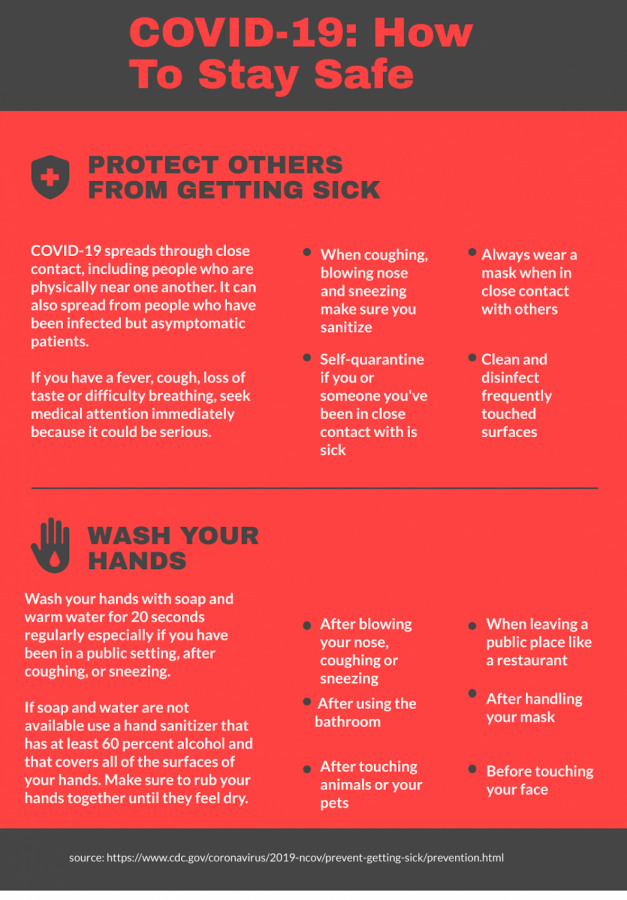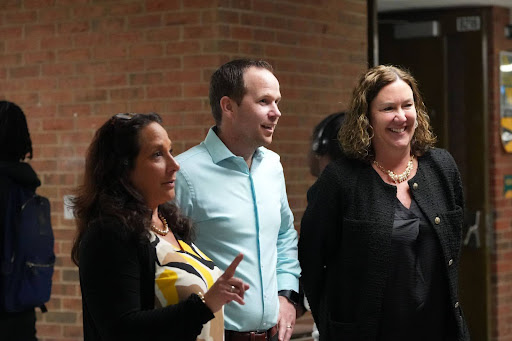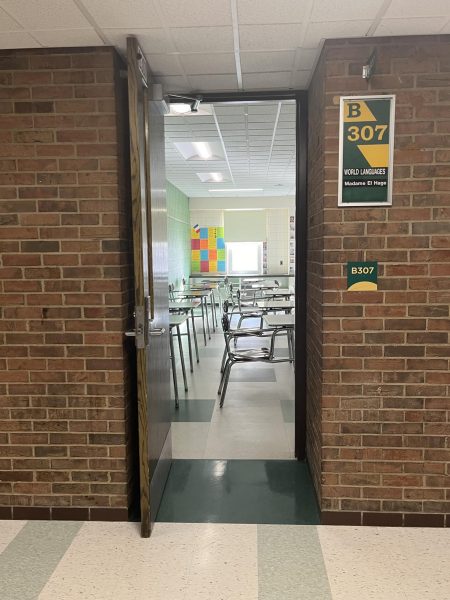The future of face to face learning
Photo credit: Joleigh Jackson
November 1, 2020
On March 30, Governor Gretchen Whitmer released an executive order that put Michigan on lockdown due to an increased number of Covid-19 cases, meaning students were no longer able to attend school.
While the district initially planned on allowing secondary-level students to return to face-to-face learning on Nov. 9, the decision was overturned as per recommendation of the Wayne County Health Department, and the return will be postponed until a later date. However, Deputy Superintendent Michael Jon Dean says that going back to school won’t be the same because of lack of normal interaction.
“It’s going to be different. I think it’s going to be hard,” Dean said. “You know, we’re used to schools being places where people come together, but (in) the world of Covid, they can’t come to (one another).”
With there being no way of knowing if a hybrid return to school will be permanent due to rising cases in the country, many students are worried about the possibility of not going to school at all, as well as the levels of safety upon their return.
To ensure the safety of students and staff, there are certain guidelines that will be followed. Dean says that everyone’s safety needs to be kept in mind and be aware of your own health and staying home in the event of contracting an illness of any kind.
“(The) most important thing is, everyone has to play a role— staff and students— in terms of mitigating Covid risk,” Dean said. “Everyone needs to take their own health seriously.”
Although some students may be returning in the transition into a regular learning environment, many believe it won’t be what they’re normally used to. Centers for Disease Control and Prevention say that because of increased risk of Covid-19, there are strict procedures that schools must follow— including fewer people in school to make hallways and classrooms less crowded and enforcing mandatory masks and social distancing.
As a result of these changes, adjusting back into school may be difficult for some students. Junior Clare Ramsdell says that while there is no way to completely be safe from the virus, everyone should do their part to assure that students have a somewhat normal and functional return to school.
“I think it will definitely help if people wear masks… and that will obviously slow any spread that could happen,” Ramsdell said. “I don’t believe there is any way we can completely stop it from spreading, but we can take steps to attempt to be safe.”
While students wait for this transition, they will remain exclusively online. However, many are worried about the number of physical and mental side effects of at-home schooling. According to BBC Future, staying in one place for too long can cause problems like functional decline, so it’s recommended to go outside to increase mobility. Additionally, a study conducted by the University of California Los Angeles found that remaining indoors for an extended period of time can cause feelings of loneliness and negative self esteem. To combat this, it’s suggested that students use methods like meditation to help relax and manage stress.
Director of Student Services Stefanie Hayes says it’s important to lift each other up when there’s times of doubt and take this transition one day at a time.
“These are unprecedented times. We need to be supportive and empathetic while navigating each day,” Hayes said. “It is great to have students returning in face-to-face instruction, as this supports overall social, emotional, and academic well-being.”












